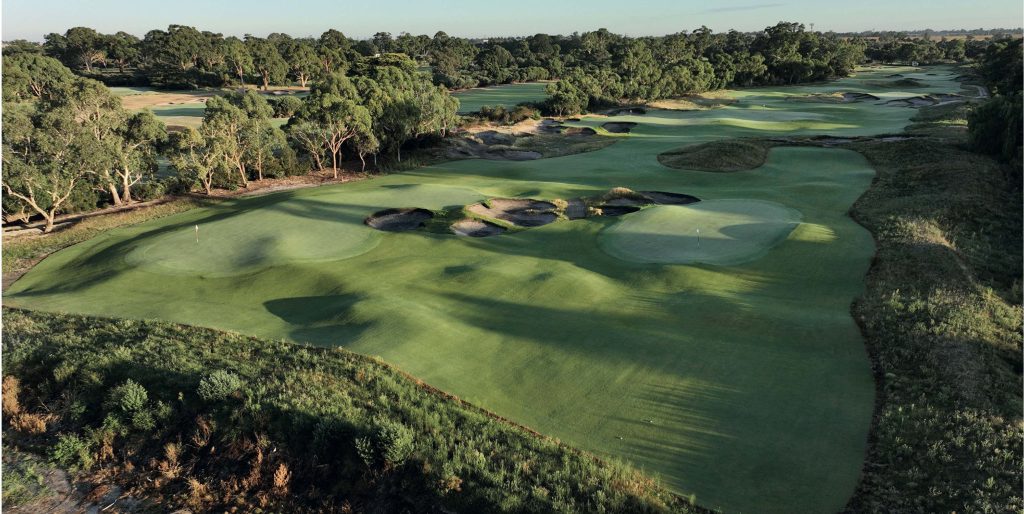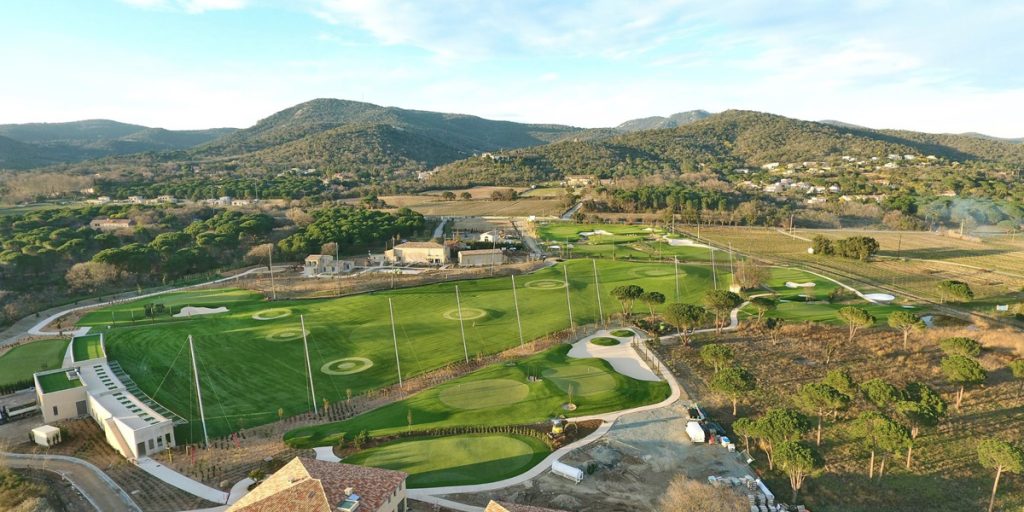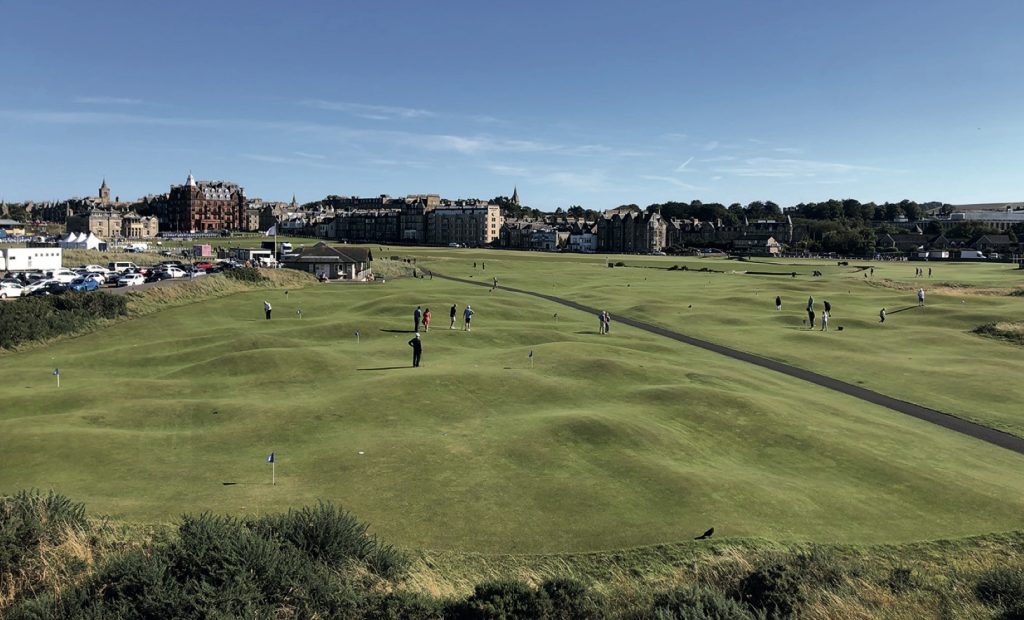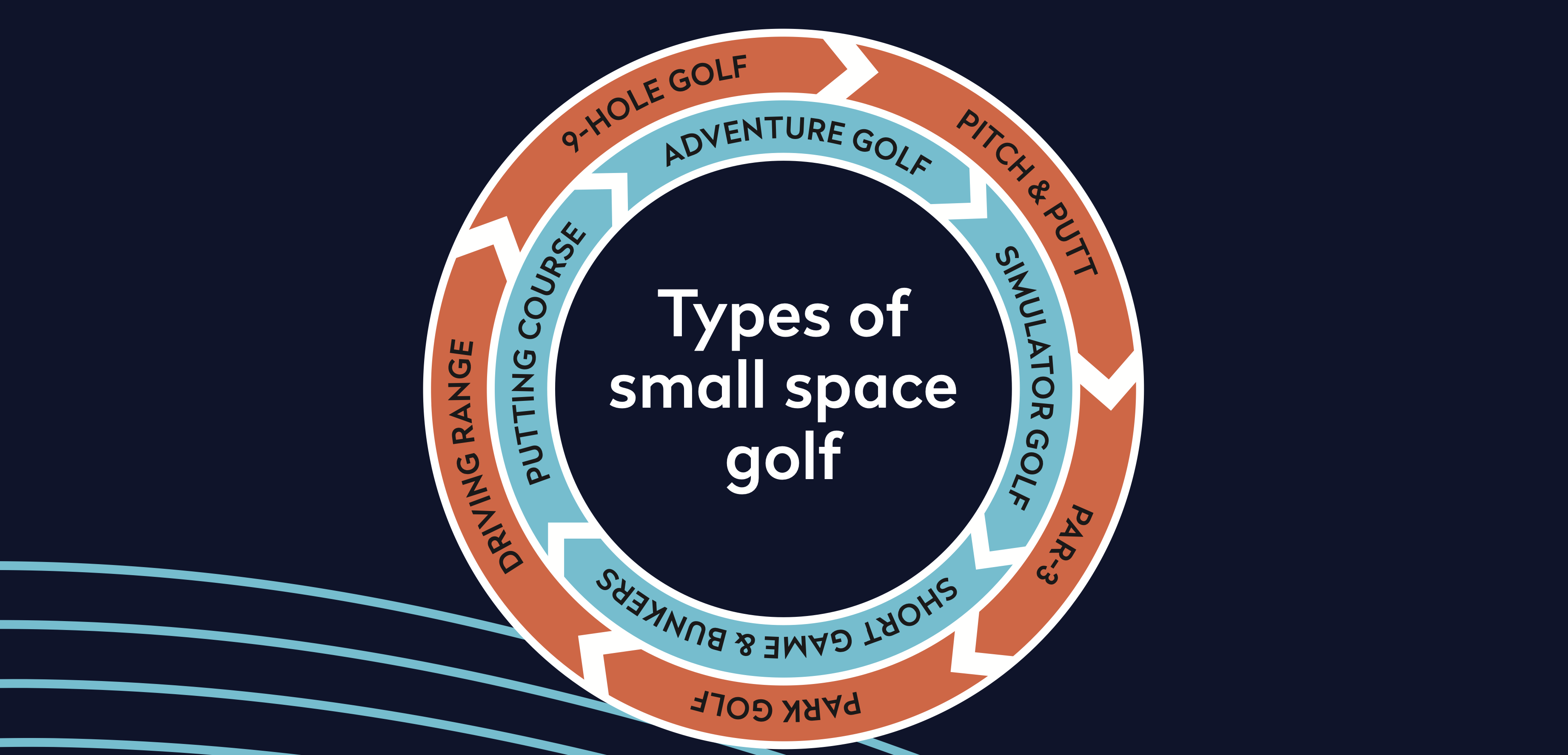The R&A has published a new guide which outlines the best ways to use restricted areas of land for golf course development.
Produced with the support and assistance of the European Institute of Golf Course Architects, the Golf for Smaller Spaces guide examines how smaller space courses operate and sets out practical requirements and commercial considerations for establishing such courses.
Facilities which utilise smaller parcels of land in cities and urban areas will play an important role in making golf more accessible to a wider range of people and increasing participation in future.
Martin Slumbers, CEO of The R&A said, “We have seen that shorter formats of golf are key to introducing new participants to the sport but are also popular with traditional golfers. The Golf for Smaller Spaces guide has been written, by experts in course architecture, as a blue print as to how courses can be developed and succeed in a non-traditional size and environment.
“We hope it will serve as a useful reference point for the industry as it responds to the way people want to play the sport and in locations, such as cities and urban areas, that are convenient to them. We want to give more golfers of all ages, genders and ethnicities pathways into the sport so that they can go on to become the golf club members of the future.”

Shorter forms of the sport, including mini golf, pitch & putt, intermediate golf courses and three, six or nine hole layouts can be accommodated on smaller areas of land.
Participation data indicates that 19.6 million adults outside of the US play golf exclusively on non-traditional 9 and 18 hole facilities.
In Great Britain and Ireland golfers who exclusively play alternative formats of golf are more likely to be women than men, while more than half of those participants are under 35 years of age.
The Golf for Smaller Spaces guide also highlights successful facilities from all over the world which are examples of best practice in small space design.
Shanx Golf in Australia offers hand-built miniaturised golf courses requiring an area of land between 700 – 5,000 square metres. Courses typically have two pins per hole allowing for a variety of play as well as varying skill levels. Multiple pins also allow flexibility in layout with options to create a composite course.

Golf Up in Grimaud is a pitch & putt course which sits on a compact site in the south of France together with a driving range, chipping green and practice putting green. The compact facility also utilises synthetic turf on the course and driving range grass surfaces. This minimises the daily maintenance requirements, negates the need for irrigation in this dry part of France and demonstrates the sustainability benefits of small space facilities.

In Mexico, El Cortes Golf Academy completely transformed the profitability of its facility through a small space golf course. This dual-purpose facility is used as a driving range in the daytime for members and visitors playing on the adjacent golf course and a public ten-hole pitch & putt course in the late afternoon and evening. This has boosted revenue via green-fee sales and associated food and beverage takings.

The Golf for Smaller Spaces guide has been written by course architect and author Scott Macpherson. To learn more about the small spaces concept and to download the guide, click here.

